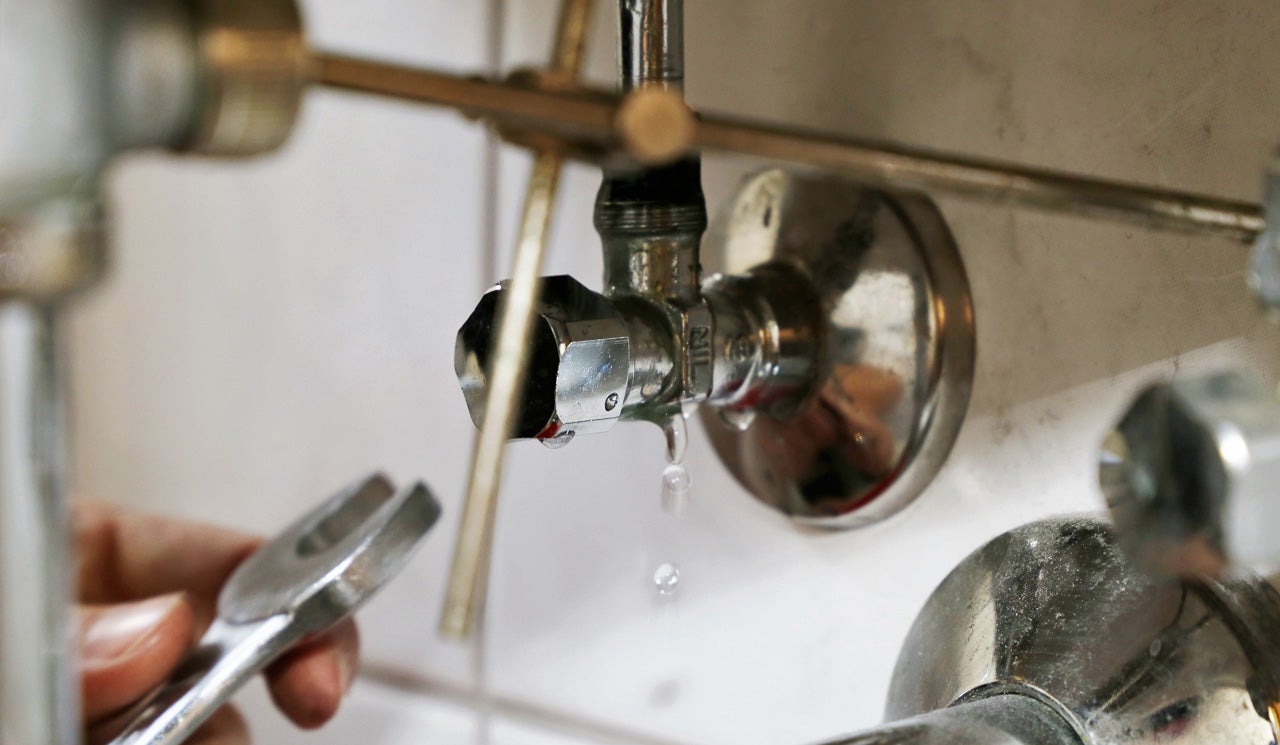How to Check If Your Home Has a Covert Leak
How to Check If Your Home Has a Covert Leak
Blog Article
We've noticed the article relating to Hacks to detect leaks directly below on the internet and believe it made perfect sense to share it with you over here.

Early detection of leaking water lines can alleviate a possible disaster. Aside from conserving you money, it will minimize the aggravation and also frustration. The moment you find a leak, calling your plumber for repair services is the most effective solution. Some tiny water leakages might not be noticeable. Here are some hacks that aid if you can not find it with your nude eyes.
1. Check Out the Water Meter
Every residence has a water meter. Examining it is a surefire way that helps you discover leaks. For starters, turn off all the water sources. Make sure no one will purge, utilize the faucet, shower, run the cleaning device or dish washer. From there, most likely to the meter and also watch if it will certainly change. Because no person is using it, there need to be no motions. That indicates a fast-moving leak if it moves. Similarly, if you find no changes, wait a hr or more and also inspect back once more. This implies you might have a slow-moving leak that might also be below ground.
2. Examine Water Usage
If you find abrupt adjustments, regardless of your consumption being the exact same, it implies that you have leakages in your plumbing system. An abrupt spike in your expense suggests a fast-moving leak.
At the same time, a consistent rise each month, even with the same practices, shows you have a sluggish leak that's also slowly intensifying. Call a plumber to thoroughly inspect your residential or commercial property, specifically if you really feel a warm area on your flooring with piping underneath.
3. Do a Food Coloring Examination
30% comes from bathrooms when it comes to water consumption. Test to see if they are running properly. Decline specks of food color in the container and wait 10 minutes. If the shade in some way infiltrates your bowl during that time without flushing, there's a leakage in between the storage tank and also dish.
4. Asses Exterior Lines
Do not neglect to inspect your outside water lines too. Test spigots by connecting a yard pipe. Should water seep out of the link, you have a loose rubber gasket. Replace this as well as ensure all links are limited. If you've obtained a sprinkler system, it will certainly assist get it expertly examined and also kept yearly. One tiny leak can throw away lots of water as well as surge your water bill.
5. Examine and Analyze the Situation
Property owners should make it a routine to check under the sink counters as well as also inside cupboards for any kind of bad odor or mold and mildew development. These 2 warnings show a leakage so punctual focus is needed. Doing regular assessments, even bi-annually, can save you from a significant trouble.
If you understand your home is already old, keep a watchful eye on your heating systems, hose pipes, pipelines and so on. Look for stainings as well as compromising as most pipelines and also home appliances have a life span. They will certainly likewise normally wear away because of tear and also wear. If you suspect dripping water lines in your plumbing system, don't wait on it to rise. Call an expert plumber right now so you do not wind up with an awful mess in your home.
Early discovery of dripping water lines can minimize a prospective disaster. Some little water leaks might not be visible. Examining it is a guaranteed way that assists you discover leakages. One tiny leak can squander loads of water as well as surge your water expense.
If you believe leaking water lines in your plumbing system, do not wait for it to escalate.
WARNING SIGNS OF WATER LEAKAGE BEHIND THE WALL
PERSISTENT MUSTY ODORS
As water slowly drips from a leaky pipe inside the wall, flooring and sheetrock stay damp and develop an odor similar to wet cardboard. It generates a musty smell that can help you find hidden leaks.
MOLD IN UNUSUAL AREAS
Mold usually grows in wet areas like kitchens, baths and laundry rooms. If you spot the stuff on walls or baseboards in other rooms of the house, it’s a good indicator of undetected water leaks.
STAINS THAT GROW
When mold thrives around a leaky pipe, it sometimes takes hold on the inside surface of the affected wall. A growing stain on otherwise clean sheetrock is often your sign of a hidden plumbing problem.
PEELING OR BUBBLING WALLPAPER / PAINT
This clue is easy to miss in rooms that don’t get much use. When you see wallpaper separating along seams or paint bubbling or flaking off the wall, blame sheetrock that stays wet because of an undetected leak.
BUCKLED CEILINGS AND STAINED FLOORS
If ceilings or floors in bathrooms, kitchens or laundry areas develop structural problems, don’t rule out constant damp inside the walls. Wet sheetrock can affect adjacent framing, flooring and ceilings.
https://www.servicemasterbyzaba.com/blog/how-to-detect-water-leakage-in-walls/

I was introduced to that article on Finding hidden leaks from a friend on a different web address. Sharing is caring. Helping people is fun. Thank you so much for taking the time to read it.
Report this page